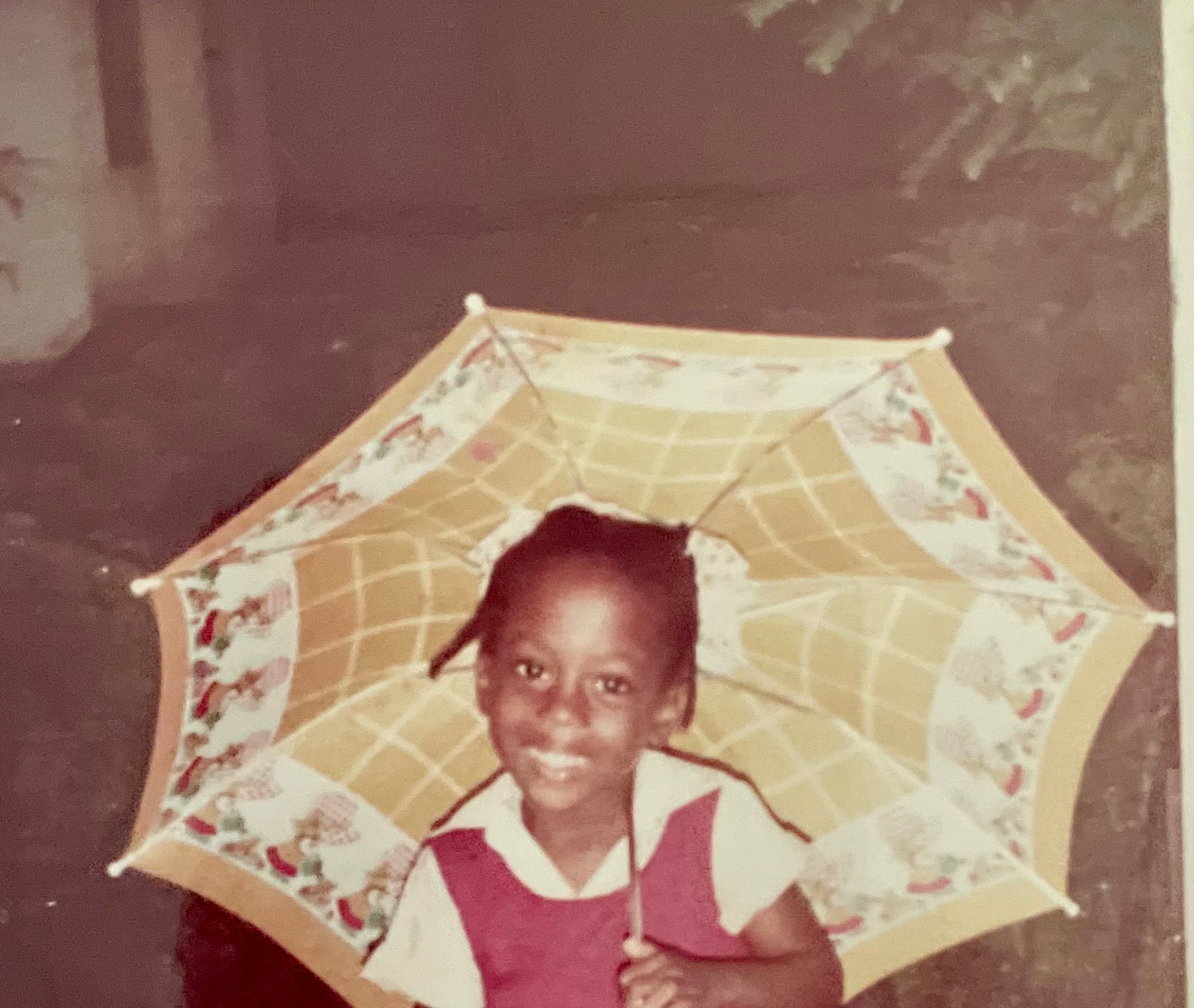Click to listen
You are not broken.
You’re breaking through!
For so long, I believed my brokenness defined me. Every heartbreak, every disappointment, every missed opportunity stacked up like bricks in a wall, separating me from my own self-worth. I thought my pain was proof that something was wrong with me—that I wasn’t good enough to achieve success, build meaningful relationships, or experience true happiness.
And the weight of that sadness? It was exhausting. Like carrying shards of glass in my chest, each one cutting deeper every time life didn’t go as planned.
But here’s what I’ve learned: Brokenness isn’t a sign of weakness or failure. It’s a sign that you’ve lived, loved, and tried.
The Lie of Brokenness
Society often sells us the idea that success, happiness, and fulfillment are reserved for the “whole” and perfect. This is especially true in conversations around mental health, emotional resilience, and personal development.
We’re bombarded with messages to hide our flaws, suppress our emotions, and only present the polished parts of ourselves to the world.
But here’s the truth: No one is whole.
The people you admire most? They’ve faced moments that shattered them. The difference isn’t that they escaped pain—it’s that they learned to see their brokenness as part of their story, not the end of it.
Self-compassion, emotional intelligence, and mindful living are not about perfection. They’re about embracing who you are, cracks and all, and finding the beauty in the journey.
The Beauty in the Cracks

Have you ever heard of Kintsugi?
It’s the Japanese art of repairing broken pottery with gold. Instead of hiding the cracks, it highlights them, turning what was once shattered into something stronger, more unique, and infinitely more beautiful.
This concept resonates deeply with personal growth and healing.
Your cracks—the heartbreaks, disappointments, and struggles—are part of your unique story. They’re not flaws to be hidden but marks of resilience.
Incorporating practices like self-awareness and trauma-informed healing can help you repair your cracks with care and love, transforming your brokenness into beauty.
Breaking Through, Not Breaking Down
I get it. The sadness feels overwhelming. The idea of seeing beauty in your brokenness might feel impossible right now. But here’s the truth: Your pain doesn’t mean you’re weak—it means you’re growing.
When we face hardship, it challenges our emotional regulation and pushes us to evolve. Those moments of heartbreak and disappointment? They’re like growing pains. They stretch you, challenge you, and force you to let go of the old version of yourself to make room for the new.
Healing doesn’t mean erasing the pain. It means embracing it as part of your journey. It means asking yourself, “What can this teach me? How can I grow stronger, kinder, and more compassionate?”
Your Next Step
If you’re feeling broken right now, here’s what I want you to know: You don’t need to be “fixed.” You don’t need to have all the answers or pretend that everything’s okay.
But you do need to take one small, intentional step forward.
In Conclusion
Healing starts with self-compassion and mindfulness. It’s about choosing to show up for yourself, even when it feels hard. It’s about creating space for practices like gratitude journaling, self-reflection, or simply acknowledging your pain without judgment.
Take a moment today to honor your journey. Write down one thing you’ve learned from a moment that broke you. Then ask yourself: What’s one small way I can show myself kindness today?
With love,
Vee
p.s.
Because you are not your pain. You are what grows from it.




